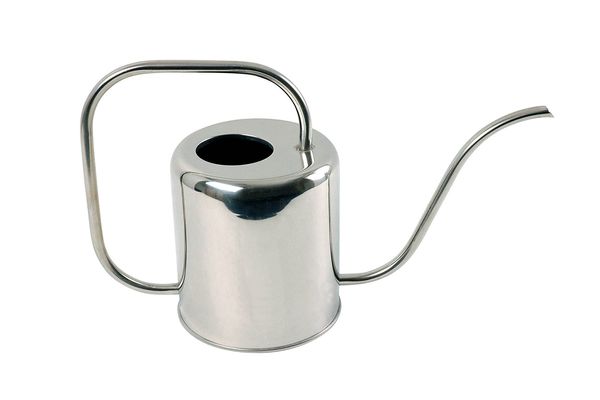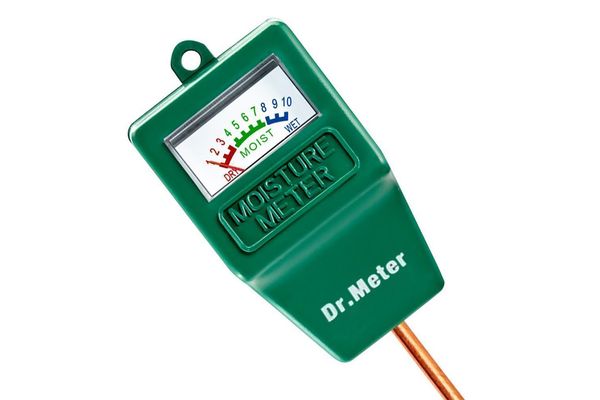
Whoever said that a cactus is the easiest houseplant to keep alive has clearly never killed a cactus. I have. Two cacti, in fact — dead on my sill. It’s not entirely my fault, though. It turns out that you do need to have some basic gardening skills to keep a cactus alive, along with some cactus-specific gear. So to avoid making the same mistakes three times, I spoke with three cactus professionals to find out what equipment a person needs to keep a cactus alive for as long as possible.
“At Sprout Home, we use a mixture that blends pumice, coco fiber, peat, and perlite. In bulk, we use a recipe mixed up by a local grower, while pre-bagged, we prefer Black Gold potting soils, including their cactus soil. This mixture doesn’t compress like standard potting soil, so the roots of our plants can drink what they need and then dry out as soon as possible.” —Stephen Hill, general manager and creative director at Sprout Home
“Generally, buy pots that are bigger by one or two inches from the plant that you buy … Cacti and other plants are generally sold in plastic grow pots, and a big mistake that people make is not immediately repotting the plants when they get home. Usually, plants are sold root-bound, and need that extra space. Any ceramic with drainage would work well, such as our locally made ceramic collection.” — Christopher Satch, plant specialist at The Sill
“While there are many fertilizers on the market, you’ll want to use one that is either a liquid concentrate, like Fox Farm’s Grow Big fertilizer (they really will grow big!), or a granular, water-soluble fertilizer. JR Peters’s Jack’s Houseplant Special works very nicely. For your arid plant, incorporate a fertilize every other time you water from spring through autumn.” — Hill, Sprout Home
“We had so much trouble finding a good cactus and succulent fertilizer to use and sell at the Cactus Store that we ended up partnering with a manufacturer to create a product that we felt was missing from the consumer market: a professional-grade liquid fertilizer. This is the stuff serious collectors and growers use. I’m biased, but it really is the best.” — Max Martin, co-owner and co-founder of the Cactus Store
“You can water a cactus like any other plant — by watering the soil, and letting the water soak in, with a proper can, and not just a coffee mug that’s lying around. If the soil is super dry, like a dry dish sponge, it actually repels water. So what you have to do is water a bit, let it soak, then water a bit more, and let it soak until you’re sure that it’s saturated.” — Satch, The Sill
“Make sure the soil has a chance to dry out between waterings, and water more in the spring and summer, and much less in the fall and winter. A moisture meter can be very helpful with this, as it’s a quick way to tell if the soil has had a chance to dry out.” — Martin, The Cactus Store
“Definitely invest in gloves if you’re going to be moving the plant around. Leather gloves are the most spine-resistant.” — Satch, The Sill
“The Japanese Hori Hori knife is just a great multipurpose gardening tool that we end up reaching for all the time, basically a trowel on steroids. Can dig a hole in the hardest soils with ease.” — Martin, The Cactus Store
The Strategist is designed to surface the most useful, expert recommendations for things to buy across the vast e-commerce landscape. Some of our latest conquests include the best women’s jeans, rolling luggage, pillows for side sleepers, ultra-flattering pants, and bath towels. We update links when possible, but note that deals can expire and all prices are subject to change.
Every editorial product is independently selected. If you buy something through our links, New York may earn an affiliate commission.















